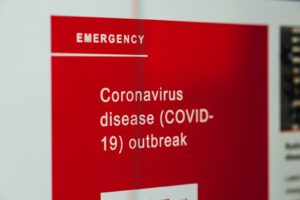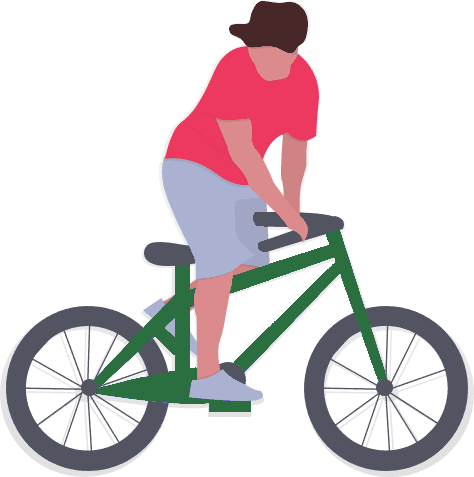The World Health Organization has launched the 2020 global WHO Guidelines on physical activity and sedentary behaviour. These guidelines emphasize that everyone, of all ages and abilities, can be physically active and that every type of movement counts.
Four to five million deaths per year could be averted if the global population was more physically active. Our President, Dr Jasper Schipperijn, talks about just how important these new guidelines are if we are to reduce physical inactivity by 15% by 2030, as outlined in the Global Action Plan on Physical Activity 2018-2030.
The six key messages from the 2020 guidelines are:
- Physical activity is good for hearts, bodies and minds. Regular physical activity can prevent and help manage heart disease, type-2 diabetes, and cancer which cause nearly three quarters of deaths worldwide. Physical activity can also reduce symptoms of depression and anxiety, and enhance thinking, learning, and overall well-being.
- Any amount of physical activity is better than none, and more is better. For health and wellbeing, WHO recommends at least 150 to 300 minutes of moderate aerobic activity per week (or the equivalent vigorous activity) for all adults, and an average of 60 minutes of moderate aerobic physical activity per day for children and adolescents.
- All physical activity counts. Physical activity can be done as part of work, sport and leisure or transport (walking, wheeling and cycling), as well as every day and household tasks.
- Muscle strengthening benefits everyone. Older adults (aged 65 years and older) should add physical activities which emphasize balance and coordination, as well as muscle strengthening, to help prevent falls and improve health.
- Too much sedentary behaviour can be unhealthy. It can increase the risk of heart disease, cancer, and type-2 diabetes. Limiting sedentary time and being physically active is good for health.
- Everyone can benefit from increasing physical activity and reducing sedentary behaviour, including pregnant and postpartum women and people living with chronic conditions or disability.
Action and investment in policies to promote physical activity and reduce sedentary behaviour will help to achieve the 2030 Sustainable Development Goals (SDGs), particularly Good Health and Wellbeing (SDG3), Sustainable Cities and Communities (SDG11), Climate Action (SDG13), as well as Quality Education (SDG4) among others.
The new guidelines outline the types and amounts of physical activity recommended for individuals. However, supportive environments, systems, programmes and polices are needed to support individuals to be physically active. ISPAH recently released ISPAH’s Eight Investments That Work for Physical Activity #8Investments.
A call to action for everyone, everywhere, including professionals, academics, civil society and decision makers, to embed physical activity in national and subnational policies.
The #8Investments is a consensus on ‘what works’ to increase population levels of physical activity. It provides countries with a succinct set of solutions to address physical inactivity. The #8Investments complements and supports the World Health Organization’s Global Action Plan on Physical Activity 2018-2030 and is designed to support physical activity advocacy globally.
If you’re interested in the science behind the guidelines, check out our webinar with guest speakers Fiona Bull, Loretta DiPietro, Hidde van der Ploeg, Emmanuel Stamatakis and Juana Willumsen.
You can also access scientific publications relating to the guidelines in the Special Issue of BJSM, the recent issue in IJBNPA, and very soon, JPAH.
Every move counts
LET’S BE ACTIVE. EVERYONE. EVERYWHERE. EVERYDAY







